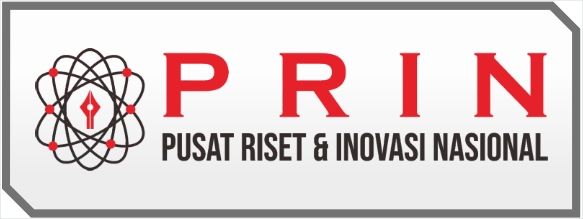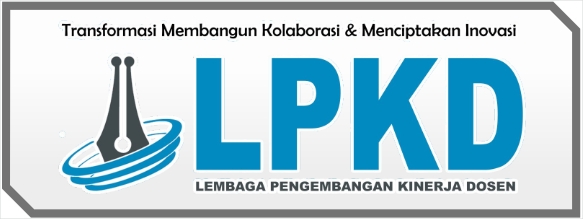MENGELOLA SAMPAH SEBAGAI WUJUD CINTA TANAH AIR DI TPA RANDU ALAS, SARDONOHARJO, NGEMPLAK, SLEMAN, YOGYAKARTA.
DOI:
https://doi.org/10.55606/innovation.v1i1.662Keywords:
Managing Waste, Randu Alas Landfill, Love the MotherlandAbstract
It begins with the restlessness of the residents of Sardonoharjo, Ngaglik, Sleman, Yogyakarta over the pollution of waste produced by every household there. There are various types of household waste, from organic waste to non-organic waste. Not all of these types of waste can be recycled. For types of waste that cannot be recycled, it will cause many problems, both health and social. Because of the reasons above, the residents there are moved to pick up household waste in order to keep the environment clean and the country beautiful. The purpose of this research is to find out the relationship between waste management and a sense of love for the motherland. This research method uses qualitative research methods, namely by means of observation and interviews. The reason for using qualitative research methods is because they can better understand every phenomenon that arises so that analyzing each problem becomes more accurate. The results of this study reveal that there is a positive relationship between waste management and a sense of patriotism. This can be seen from the community's awareness of the importance of protecting the environment, they argue that managing waste proves that they have loved the environment and their homeland. Broadly speaking, the conclusion is that the act of managing waste at the Randu Alas TPA is based on the great sense of love for the motherland that the residents around there have. With a great sense of love for the homeland, a sense of protecting the environment will grow.


















